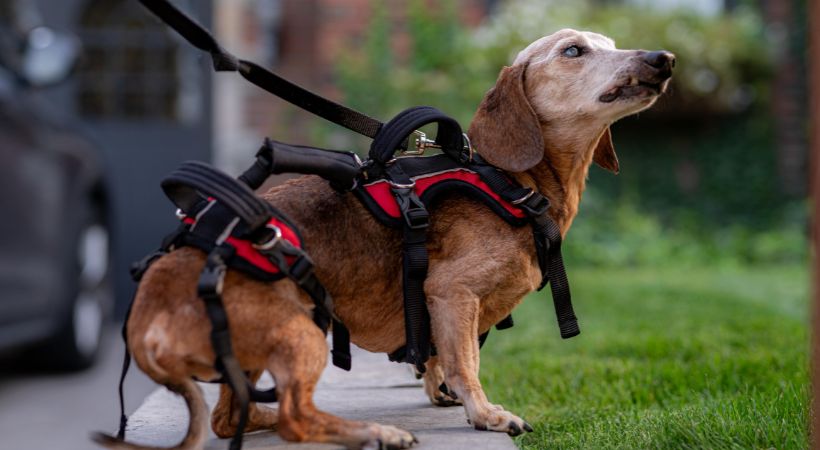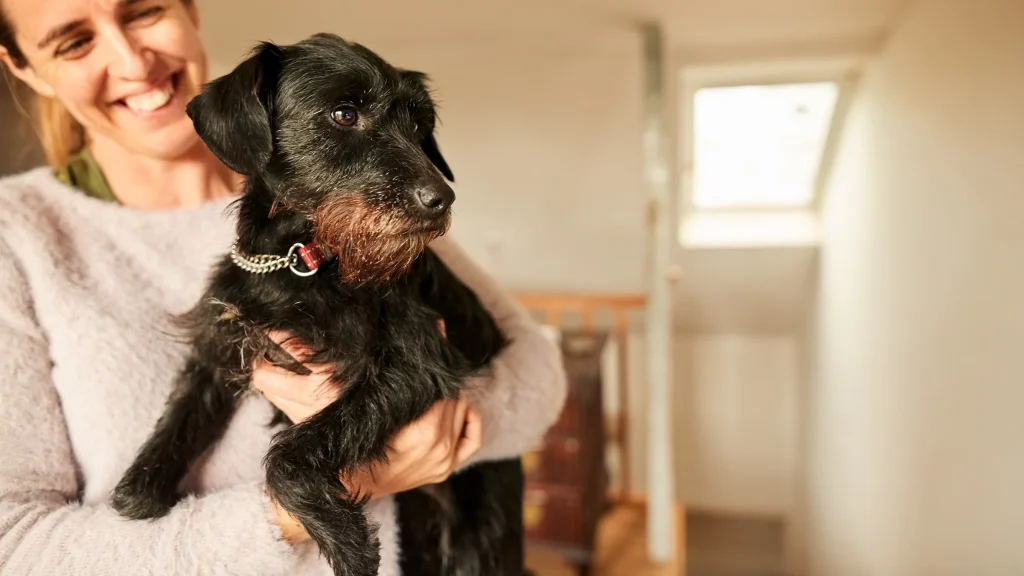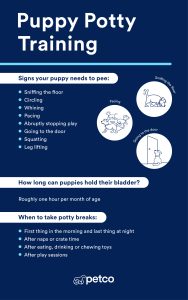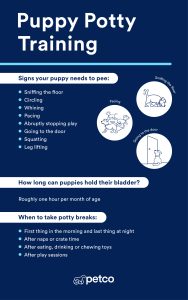Carrying your dog might seem simple, but doing it the right way can make all the difference for both you and your furry friend. Whether your dog is small, tired, or injured, knowing how to carry them safely keeps them comfortable and helps prevent injuries.
If you want to avoid awkward lifts or worried whines, this guide is for you. Keep reading to learn the best techniques that will make carrying your dog easier and more enjoyable every time.
Choosing The Right Carrying Method
Carrying your dog safely is important for both of you. The right method ensures comfort and avoids injury. This guide will help you choose the best way to carry your dog.
Assessing Your Dog’s Size And Weight
Start by checking your dog's size and weight. Small dogs are easy to carry in one hand. Larger dogs need more support. Weigh your dog for accuracy. This helps in choosing the right technique.
Different Carrying Techniques
Several techniques suit different dogs. Cradle small dogs like a baby. Hold them close to your chest. Use one arm under their rear and the other under their chest. For medium dogs, lift with both hands. One hand under the chest, the other supporting the hind legs. Large dogs need a two-person lift. One person holds the front, the other supports the rear.
When To Use A Carrier Or Sling
Carriers and slings are great for travel. They keep your hands free. A carrier is best for long trips. Choose one with good ventilation. Slings work well for short distances. They are easy to carry and store. Ensure the sling or carrier is the right size for your dog. Too tight or loose can cause discomfort.
Preparing Your Dog For Carrying
Preparing your dog for carrying helps make the experience safe and calm. Dogs need time to adjust to being lifted and held. This reduces stress and keeps both of you comfortable. Start with gentle handling and build trust slowly. Pay close attention to your dog’s reactions and body language.
Calming Techniques
Use soft voices and slow movements to calm your dog. Gentle petting helps reduce anxiety. Offer treats to create positive associations with being held. Practice deep breathing yourself to stay calm. A relaxed owner helps the dog stay relaxed too.
Training Your Dog To Be Comfortable
Begin training with short sessions of holding your dog. Support their body fully to avoid discomfort. Praise your dog with kind words and treats. Gradually increase the time you carry them. Teach your dog to stand still before lifting. Use commands like “stay” to help control movement.
Checking For Health Issues
Examine your dog’s body for pain or injuries. Look for signs of soreness in legs, back, or joints. Consult a vet if your dog shows discomfort when touched. Avoid carrying if your dog is sick or injured. Regular health checks ensure safe carrying experiences.
Safe Carrying Practices
Carrying a dog safely requires care and attention. The right technique prevents harm to your dog and yourself. It also keeps your dog calm and comfortable. Safe carrying practices build trust and reduce stress during lifts and moves.
Supporting Your Dog’s Body
Always support your dog’s chest and hind legs. Use both hands to hold them firmly but gently. Avoid grabbing by the legs, tail, or neck. This prevents pain and injuries. For small dogs, hold them close to your chest. For larger dogs, lift with your knees, not your back.
Avoiding Injury To You And Your Dog
Lift with your legs, not your back. Keep your dog close to your body to balance weight. Avoid sudden movements that may startle your dog. Make sure your dog is calm before lifting. Stop immediately if your dog struggles or shows pain.
Maintaining Proper Posture
Stand with your feet shoulder-width apart. Keep your back straight and bend at the knees. Hold your dog close to your body to reduce strain. Avoid twisting your torso while carrying your dog. Take slow, steady steps to keep balance.

Credit: www.amazon.com
Handling Dogs With Special Needs
Handling dogs with special needs requires extra care and attention. These dogs need gentle support and patience. Carrying them safely protects their health and comfort. Understanding their unique needs helps avoid stress and injury.
Different types of dogs need different carrying techniques. Senior dogs, puppies, and injured dogs all deserve special handling. Learning how to carry each type ensures they feel secure and loved.
Carrying Senior Dogs
Senior dogs often have weak joints and fragile bones. Support their chest and rear carefully to avoid pain. Use slow, gentle movements to lift and hold them. Keep them close to your body for stability. Avoid sudden shifts that can startle or hurt them.
Managing Puppies And Small Breeds
Puppies and small breeds are light but delicate. Cradle them with one hand under their chest. Use the other hand to support their back legs. Hold them snugly to prevent wriggling or falling. Speak softly to keep them calm during carrying.
Transporting Dogs With Injuries
Dogs with injuries need careful handling to avoid more harm. Lift them gently, avoiding pressure on injured areas. Use a soft blanket or towel to support their body. If possible, carry them on a flat, firm surface for balance. Always move slowly and watch for signs of pain.
Tools And Accessories For Carrying
Carrying your dog comfortably and safely often requires the right tools and accessories. These items can make a big difference in how both you and your dog feel during travel or daily walks. Choosing the right gear depends on your dog’s size, temperament, and your lifestyle.
Types Of Dog Carriers
Dog carriers come in many shapes and sizes, designed to fit different needs. Soft-sided carriers offer comfort and flexibility, perfect for smaller dogs who like to nestle close. Hard-sided carriers provide more protection, ideal for longer trips or air travel.
Backpack carriers allow you to keep your hands free, which is great for hiking or busy errands. Sling carriers give your dog a cozy spot right against your chest, calming anxious pups. Think about how long you will carry your dog and the kind of support you both need.
Using Harnesses And Leashes
A harness is an essential tool for carrying and controlling your dog safely. Unlike collars, harnesses distribute pressure evenly, reducing strain on your dog’s neck. This is especially important if you need to lift or support your dog while walking or climbing stairs.
Leashes come in various lengths and materials, offering control and comfort. A sturdy leash combined with a well-fitted harness keeps your dog secure without pulling or slipping. Have you noticed how your dog reacts differently to a harness versus a collar? Choosing the right combo can improve your daily routines.
Portable And Travel-friendly Options
When you’re on the move, portability is key. Foldable carriers and lightweight harnesses save space and reduce bulk. They make traveling with your dog less stressful and more enjoyable.
Look for carriers with breathable mesh panels to keep your dog cool and comfortable. Some even come with pockets for treats and essentials, so you’re always prepared. What’s your go-to travel accessory for keeping your dog happy on the road?

Credit: walkinpets.com
Common Mistakes To Avoid
Carrying your dog might seem simple, but many pet owners unknowingly make mistakes that can cause discomfort or even injury to their furry friends. Recognizing what not to do is just as important as knowing the right way to carry your dog. Avoiding these common pitfalls will help ensure your dog feels safe and relaxed every time you pick them up.
Improper Lifting Techniques
One of the biggest errors is lifting your dog without supporting their body properly. Just grabbing by the front legs or scruff can hurt your dog and make them anxious.
Always use both hands—one under the chest and the other supporting the hind legs. This balanced hold prevents strain on their spine and muscles.
Have you ever noticed your dog stiffening when you lift them? That’s a sign you might be doing it wrong.
Ignoring Your Dog’s Comfort
Carrying your dog isn’t just about physical support; it’s also about emotional comfort. If your dog struggles or squirms, don’t ignore it.
Pay attention to their body language. Are their ears pinned back? Is their tail tucked? These signs show discomfort.
Try wrapping them gently in a soft blanket or using a dog carrier if they feel uneasy being held. Comfort boosts their trust and makes carrying easier for both of you.
Overlooking Safety Precautions
Safety is often overlooked when carrying a dog, especially in busy or slippery areas. Don’t carry your dog near stairs or crowded places without extra caution.
Make sure you have a firm grip and watch your footing. Using a leash along with carrying can give you control if your dog tries to jump out of your arms.
Have you ever dropped something valuable because you weren’t paying attention? Carrying your dog requires even more focus to prevent accidents.
Tips For Carrying Dogs In Public
Carrying a dog in public needs care and attention. Dogs can feel nervous or excited around many people. Carrying them safely helps keep both you and your dog calm. Follow simple tips to make public outings smooth and safe for your pet.
Navigating Crowded Areas
Keep your dog close and secure in your arms. Use a comfortable hold to prevent slipping or sudden movements. Walk slowly and watch for obstacles or sudden crowds. Avoid tight spaces where your dog might feel trapped. Choose less busy routes to reduce stress for your dog.
Dealing With Other Animals
Watch for other dogs or animals nearby. Some dogs react strongly to unfamiliar animals. Keep your dog steady and calm. Use a soft voice to reassure your pet. Move away calmly if you see signs of tension or aggression. Always respect other pets’ space to avoid conflicts.
Respecting Local Regulations
Check local rules about carrying dogs in public areas. Some places require dogs to be on a leash or in carriers. Follow rules about where dogs are allowed. Carry identification and vaccination records for your dog. Respect signs and guidelines to avoid fines or problems.

Credit: smart.dhgate.com
Frequently Asked Questions
How Do I Safely Carry A Small Dog?
Support your dog’s chest with one hand and their hind legs with the other. Hold them close to your body for stability and comfort. Avoid squeezing or holding too tightly to prevent injury or stress.
What’s The Best Way To Carry A Large Dog?
Use both arms to support their chest and hindquarters evenly. If needed, ask for help to lift heavy dogs. Always lift with your legs, not your back, to avoid injury.
How Can I Carry A Nervous Dog Comfortably?
Speak softly and maintain calm body language. Hold them securely but gently to prevent struggling. Use a familiar blanket or toy for added comfort and reassurance.
When Should I Avoid Carrying My Dog?
Avoid carrying dogs during extreme stress, illness, or injury unless necessary. Also, avoid carrying dogs for long periods to prevent discomfort or muscle strain.
Conclusion
Carrying your dog safely helps both of you feel calm. Always support their body well to avoid strain or injury. Choose a hold that fits your dog’s size and comfort. Practice gentle movements to keep your dog relaxed. Remember, patience and care make carrying easier over time.
Carrying your dog can strengthen your bond and trust. Keep these tips in mind for happy, safe trips together.

Emily Barker is the founder of ChillDogLife.com, a space dedicated to helping pup parents discover the best dog products, lifestyle tips, and cozy ideas for happier homes.
A lifelong dog lover, Emily combines her passion for pets with a knack for research to share trusted recommendations on everything from toys and furniture to health and everyday care.
Her goal is simple: to make life easier, stylish, and more joyful for dogs and the people who love them.







